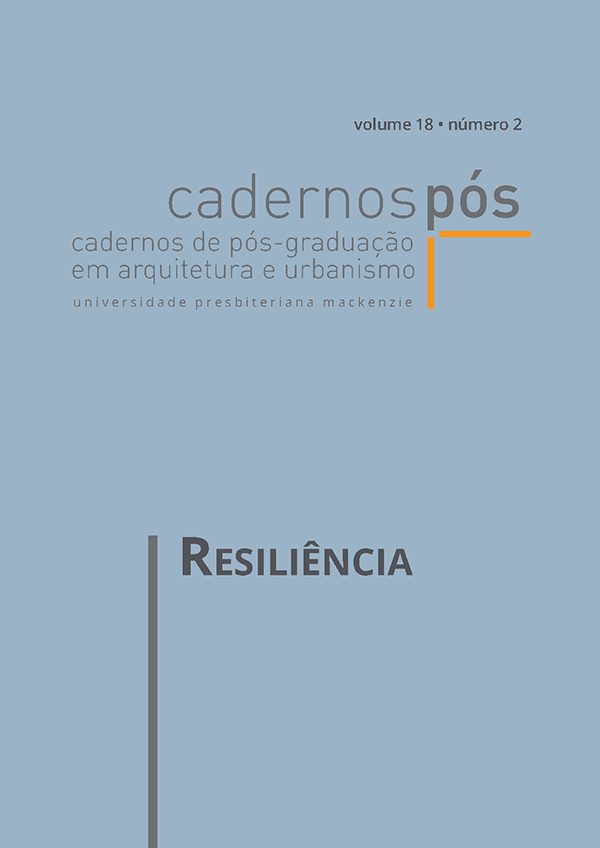Two Floodplains, Two Parks, One Resilience
Keywords:
Landscape design, Landscape history, Public parkAbstract
The public parks of Várzea do Carmo (1922) and Ibirapuera (1954) were developed by the municipality of São Paulo, in the floodplains of Carmo and Santo Amaro, respectively, with national and international repercussions. In the 1970s, this first case had its closure decreed, while the second, consolidated to the present day as the main municipal public park. The intention is to extract historical-historiographic and project indicatiors from the landscape design guidelines for the implementation of these areas, that may have influenced the urban obsolescence and resilience of these public spaces. Analyzing the bibliography and the technical drawings it is possible to extract values that subsidized the decision-making in the physical, political and social spheres of each proposition, forming indicators that allow measuring some of the reasons that led these public spaces to such disparate destinations, decades after its implementation.
Downloads
Downloads
Published
How to Cite
Issue
Section
License
Authors who publish in this journal agree to the following terms:
a) Authors retain the copyright and grant the journal the right of first publication, with the Project simultaneously licensed under the Creative Commons Attribution License that allows the sharing of the Project with recognition of the authorship and initial publication in this journal.
b) Authors are authorized to assume additional contracts separately for the non-exclusive distribution of the version of the Project published in this journal (e.g., publishing in an institutional repository or as a book chapter), indicating that it was originally published in this journal, with a link to the article.








 Todo o conteúdo de Cadernos de Pós-Graduação em Arquitetura e Urbanismo está licenciado sob
Todo o conteúdo de Cadernos de Pós-Graduação em Arquitetura e Urbanismo está licenciado sob 